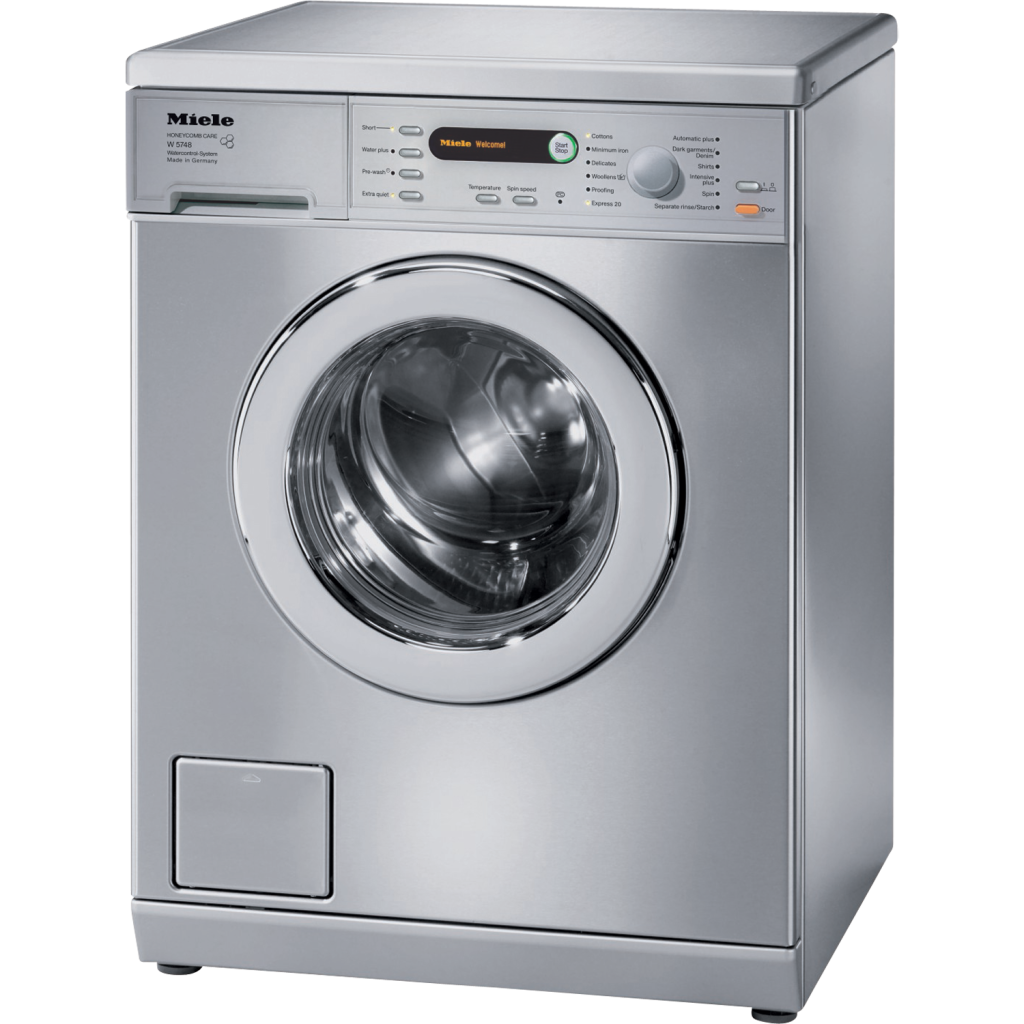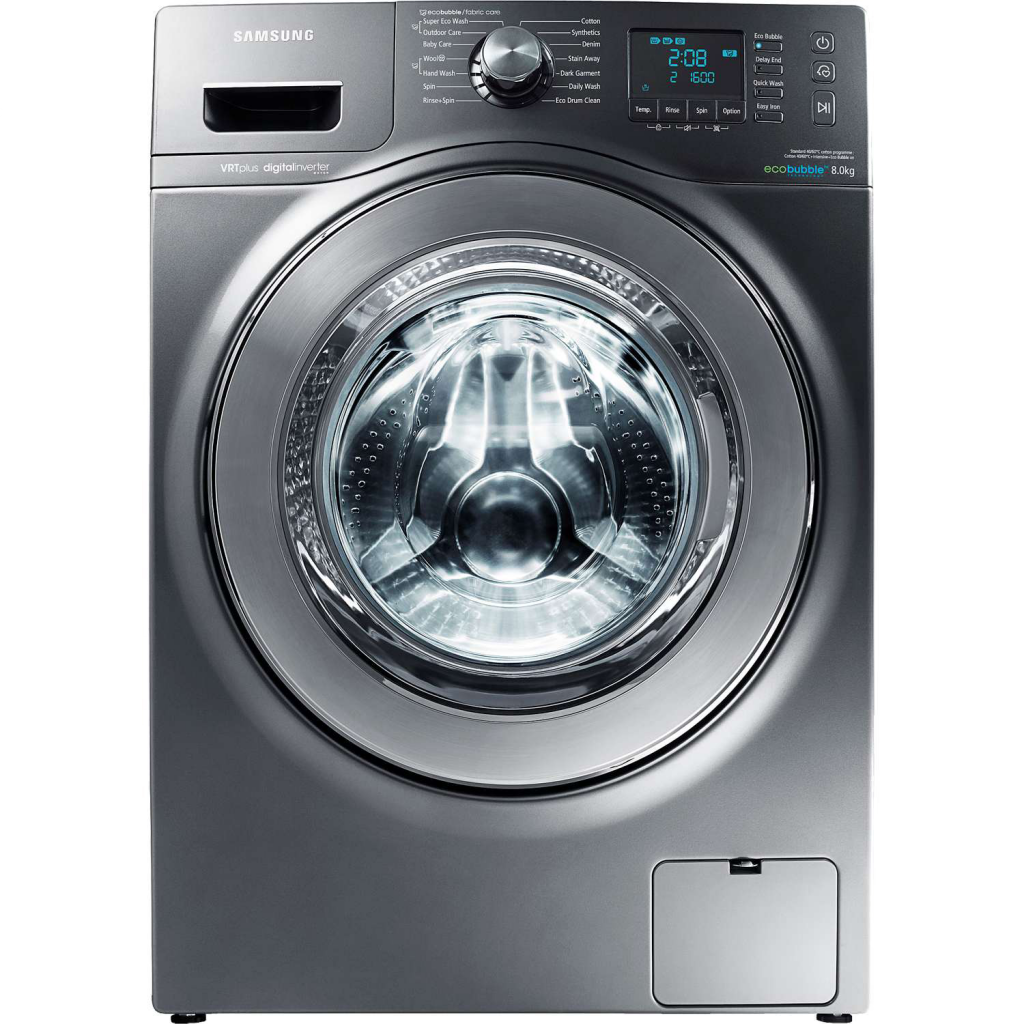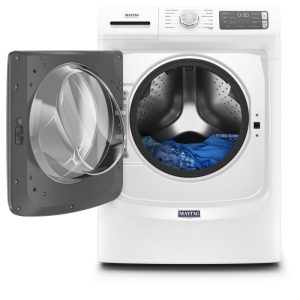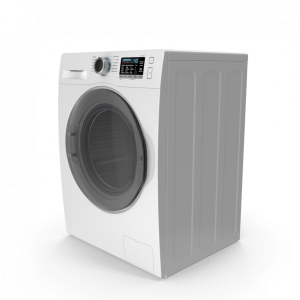How to Get Dog Hair Out of Washing Machine?
If you’re a pet owner, you’ve surely faced the frustration of finding dog hair clinging to your freshly washed clothes. Even worse, dog hair seems to infiltrate the washing machine, making it a hair magnet for subsequent loads. So, how to get dog hair out of washing machine effectively? It’s a problem many pet owners grapple with, and solving it can make laundry day much more pleasant. Read on to discover practical solutions and tips to keep your washing machine hair-free.
Initial Precautions: Pre-Washing Steps
Before tossing pet-laden laundry into the washer, there are simple steps to reduce the amount of hair making it into the machine. Start by shaking out clothes, blankets, and pet bedding outside to dislodge as much hair as possible. Consider using a lint roller or a pet hair remover brush to get rid of stubborn strands.
Another effective method is to use a dryer sheet. Toss the items into the dryer for a 10-minute no-heat cycle. The dryer’s tumbling action helps collect the hair in the lint trap. While these preliminaries won’t eradicate all pet hair, they significantly reduce the amount entering your washing machine. These pre-washing steps set the stage for a cleaner, hair-free wash cycle.
Cleaning the Drum
Once you’ve run a load filled with pet hair, the first place to address is the drum of the washing machine. Open the washing machine door and use a damp cloth or rubber glove to swipe around the drum. Rubber gloves effectively attract hair due to their static-cling properties. For a more thorough clean, run an empty cycle with hot water and vinegar.
A mixture of one cup of white vinegar in a cup of hot water acts as a natural cleaning agent, breaking down any residual hair and detergent build-up. The hot water helps to dislodge the hair, while the vinegar sanitizes the drum. Regularly cleaning the drum helps maintain the washing machine’s efficiency and prevents hair accumulation.
Filtering the Lint Trap
Many people overlook the importance of a lint trap in a washing machine, especially those designed with filters. These traps catch pet hair and lint before they enter the drain system. Remove the lint trap and clean it thoroughly after every load of pet-laden laundry. Use a small brush or an old toothbrush to remove trapped hair.
If your washing machine model doesn’t have a built-in lint trap, consider installing an external lint filter on the drainage pipe. These filters capture hair and lint, preventing clogs and keeping your washing machine cleaner. Regularly checking and cleaning the lint trap ensures smooth drainage and reduces hair backflow into the drum.
Using Specialized Pet Hair Removers
There are specialized pet hair remover products designed to be used during the wash cycle. Items like pet hair removal balls or laundry-specific lint rollers can be tossed into the drum with your laundry. These products are designed to attract and hold onto pet hair, preventing it from spreading onto other items or clogging the washer.
Read the product instructions carefully to ensure safe usage. These tools can be surprisingly effective at reducing the amount of hair in your washing machine, making subsequent cleans easier. Investing in specialized pet hair removers offers a hassle-free way to tackle dog hair during the wash cycle.
Utilizing Pet Hair-Specific Detergents
Modern detergent formulations also include options specifically designed to handle pet hair and odor. These detergents contain enzymes and additives that break down pet hair and dander, making it easier to wash away. Look for detergents labeled as pet hair removers or odor eliminators.
Using these specialized detergents not only tackles hair more efficiently but also helps neutralize pet-related odors. Follow the dosing instructions to avoid overuse, which can leave residue on your clothes and washing machine. Switching to pet hair-specific detergents can improve wash results and keep your machine cleaner.
Addressing the Drain Pump Filter
In addition to the lint trap, the drain pump filter is another essential component to check regularly. Dog hair can accumulate here, leading to drainage issues and further spreading hair into the drum. Locate the drain pump filter, usually situated at the bottom front of the washing machine.
Turn off and unplug the machine before accessing the drain pump filter. Lay a towel or shallow pan underneath to catch any residual water. Remove the filter and clean it thoroughly, removing any pet hair or debris. Regular maintenance of the drain pump filter ensures efficient machine operation and prevents clogs related to pet hair.
Running Maintenance Cycles
Periodically running a maintenance cycle can help keep your washing machine free from pet hair and other residues. A maintenance cycle typically consists of running an empty load with hot water and a cleaning agent like white vinegar or a commercial washing machine cleaner.
These cycles help dislodge trapped hair, remove detergent build-up, and sanitize the machine’s interior. Schedule maintenance cycles once a month or after heavy pet hair loads to maintain your washing machine’s performance and longevity. Regular maintenance cycles contribute to a consistently clean and efficient washing machine.
Post-Wash Steps: Drying and Folding
After washing pet-laden items, using the dryer can further reduce residual hair. Dryer sheets or wool dryer balls can help collect pet hair during the drying process. Run the dryer on a low or no-heat setting to allow the tumbling action to remove hair without any heat-related damage.
Once dried, give the items a good shake before folding to remove any remaining hair. Store clean laundry away from pet areas to minimize hair transfer. Following these post-wash steps ensures pet hair doesn’t make its way back onto your freshly laundered clothes.
Cleaning the Washing Machine Exterior
While the interior is crucial, don’t neglect the exterior of your washing machine. Dust and pet hair can accumulate on the outside surfaces, making their way inside with each load. Regularly wipe down the exterior with a damp cloth to keep it clean and free from pet hair.
Pay special attention to the detergent drawer and door seals, which can harbor hair and detergent build-up. Keeping the entire washing machine clean enhances its performance and reduces the chances of pet hair contamination.
Preventive Measures: Managing Pet Hair
Preventive measures can significantly reduce the amount of dog hair entering your washing machine. Regular grooming of your dog minimizes shedding and keeps fur off clothing and bedding. Brushing your dog outdoors or in a designated grooming area prevents hair from spreading throughout your home.
Consider designating pet-free zones for laundry and clean clothes. Using bedding and slipcovers that are easy to wash and designed to repel pet hair can also help. These preventive steps simplify the laundry process and prevent hair from infiltrating your washing machine.
Investing in High-Efficiency Machines
High-efficiency washing machines often come with advanced features designed to handle pet hair and other challenging laundry issues. Look for models with built-in pet hair removal cycles, enhanced lint traps, or specialized drum designs that minimize hair accumulation.
While these machines require a larger initial investment, their advanced features and improved performance in handling pet hair can be worth the cost. Researching and choosing a high-efficiency washing machine geared towards pet owners ensures easier maintenance and cleaner laundry results.
DIY Solutions and Homemade Remedies
There are several DIY solutions and homemade remedies to tackle pet hair in your washing machine. Mixing white vinegar with your laundry detergent can help break down and wash away pet hair. Baking soda used during the wash cycle can also help lift hair off fabrics.
Using dryer sheets or fabric softeners during the drying process can further reduce static and hair clinging to clothes. Experimenting with these DIY solutions offers cost-effective and easily accessible methods to keep your washing machine free from pet hair.
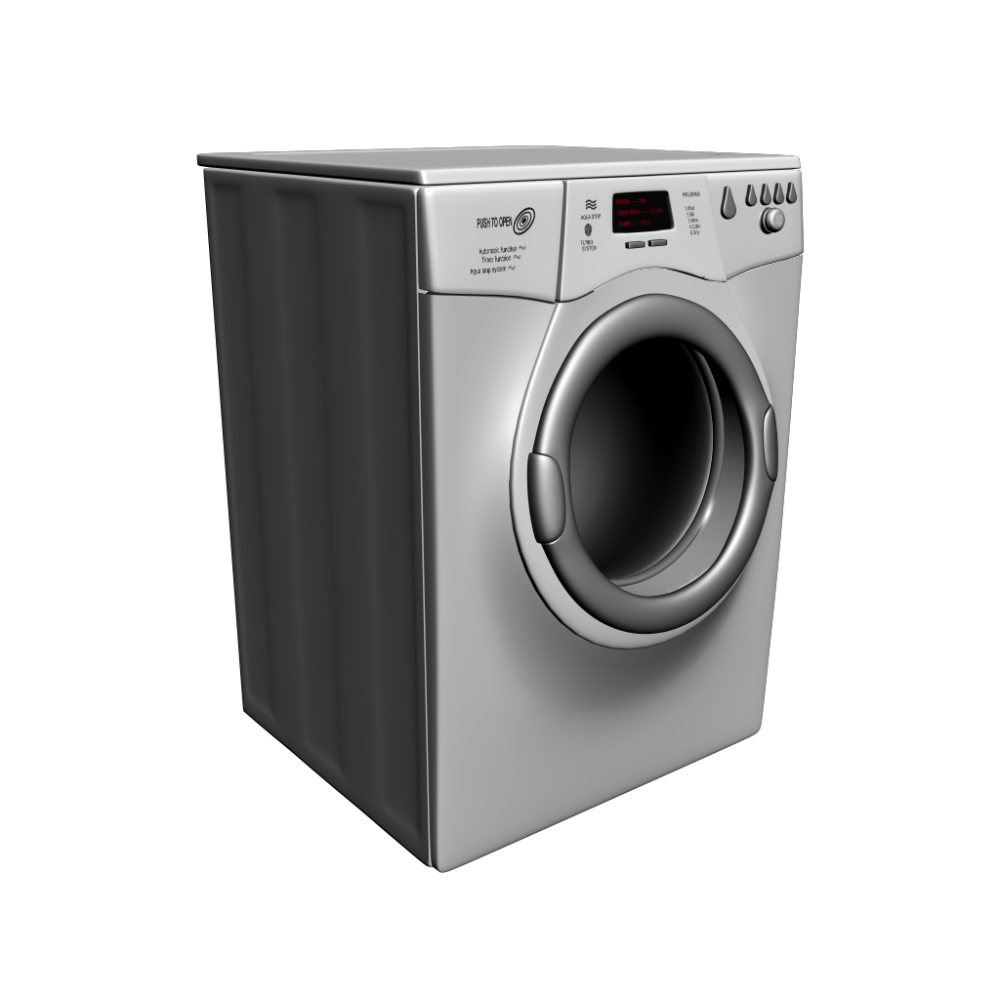 Understanding the Impact of Water Quality
Understanding the Impact of Water Quality
Water quality can also affect how effectively your washing machine handles pet hair. Hard water can lead to residue build-up and less efficient cleaning. Installing a water softener can improve water quality and enhance the washing machine’s performance.
Regularly descaling the washing machine as recommended by the manufacturer can also improve its efficiency in handling pet hair. Understanding the impact of water quality on your appliance helps you take appropriate measures to maintain optimal performance.
Seeking Professional Help
If despite all efforts, your washing machine continues to struggle with pet hair, seeking professional help may be necessary. Certified technicians can provide thorough cleaning, inspect for any hidden issues, and recommend solutions tailored to your specific washing machine model.
Professional maintenance ensures your washing machine remains in top condition and effectively handles the challenges posed by pet hair. Regular professional cleaning can extend your machine’s lifespan and maintain its performance.
The Environmental Impact of Pet Hair
While focusing on removing pet hair from your washing machine, it’s also important to consider the environmental impact. Pet hair can contribute to microplastic pollution if not managed properly. Using lint traps and external filters helps capture pet hair and prevent it from entering water systems.
Disposing of captured pet hair responsibly and considering sustainable grooming and laundry practices can mitigate environmental risks. Awareness of the environmental impact encourages more responsible and sustainable pet hair management practices.
Conclusion:
The question of how to get dog hair out of washing machine involves employing a combination of preventive, active, and post-wash measures. From pre-washing steps like shaking out clothes and using lint rollers to actively maintaining the washing machine by cleaning the drum, lint trap, and drain pump filter, every step contributes to a cleaner, hair-free laundry experience. Utilizing specialized pet hair removers and detergents, investing in high-efficiency machines, and considering DIY solutions further enhance the process. Regular maintenance cycles, professional help, and understanding the environmental impact underscore the comprehensive approach to effectively managing and removing dog hair from your washing machine. Taking these steps ensures cleaner clothes, a well-performing washing machine, and a more pleasant laundry routine.
